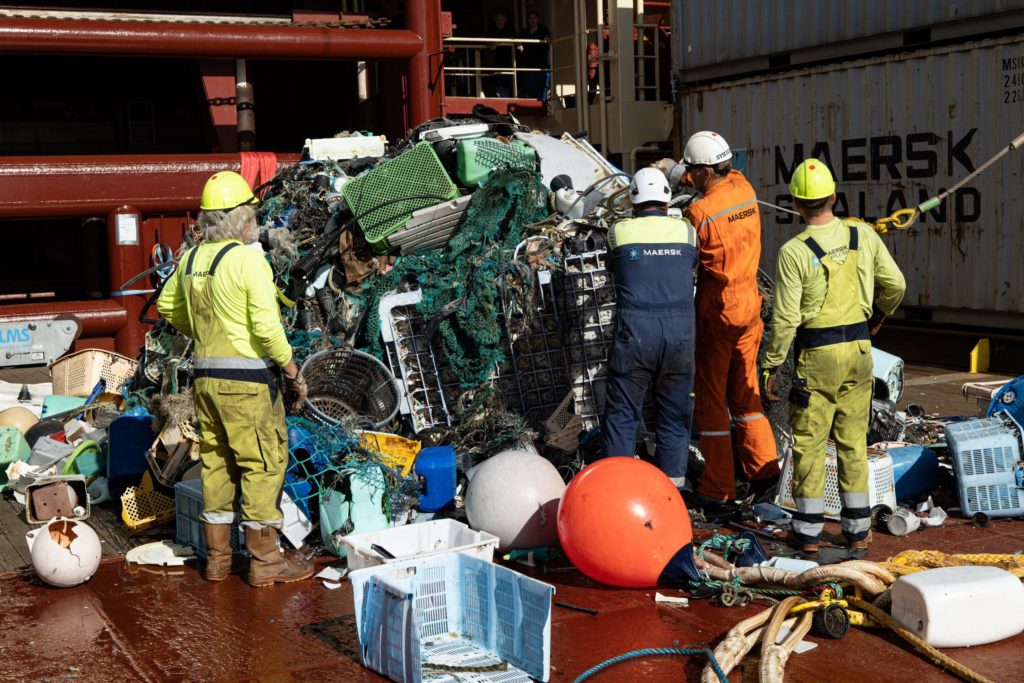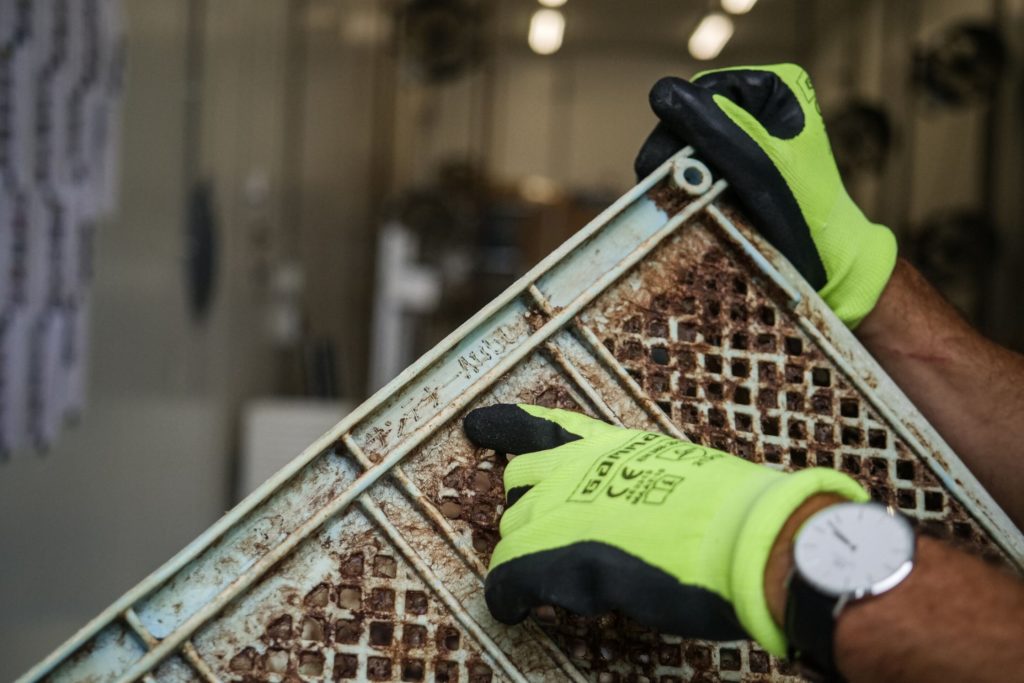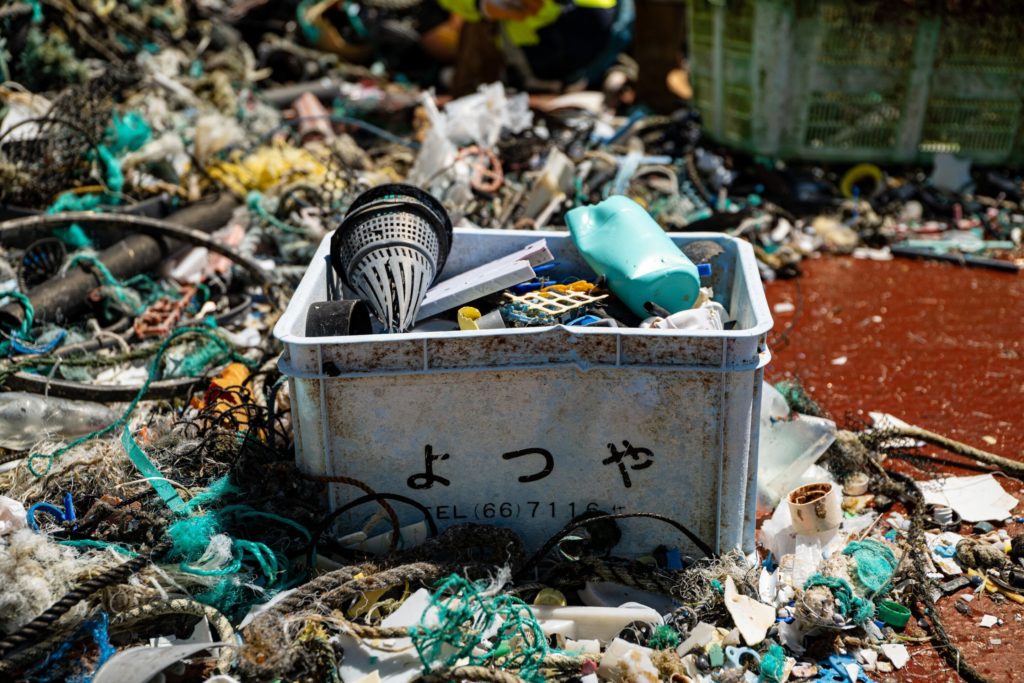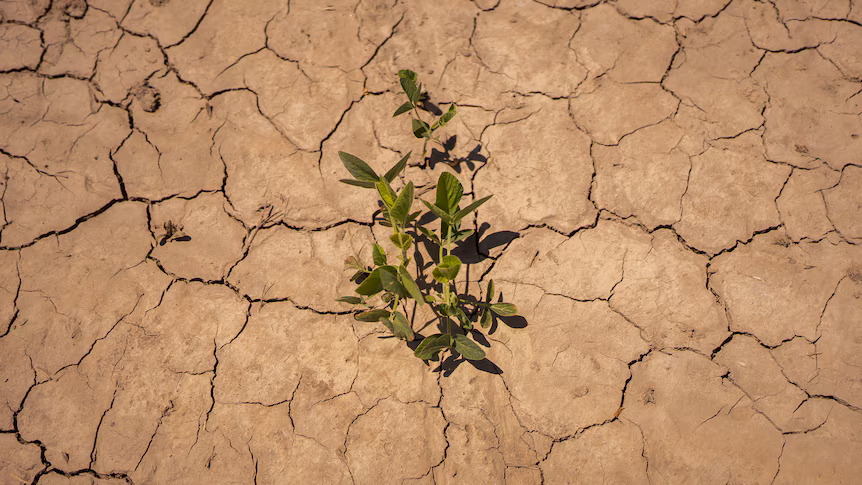Original publication by Bob Yirka for phys.org on 2 September 2022

Credit: The Ocean Cleanup
A team of researchers with the Ocean Cleanup project and Wageningen University, both in the Netherlands, has found via sampling and testing that more than 90% of the identifiable trash swirling around in the North Pacific Garbage Patch (NPGP) comes from just six countries, all of which are major industrialized fishing nations. They have published their research in Scientific Reports.
Prior research has shown that there is a giant island of trash floating atop the subtropical gyre in the North Pacific Ocean. Scientists have estimated that there are tens of thousands of tons of the trash, most of it plastic, covering millions of square kilometers. The existence of the NPGP has garnered a lot of headlines in recent years, though the source of the trash has not been identified—until now.
In this new effort, the researchers collected, sorted and studied 6,000 pieces of trash from the NPGP. Their goal was to find its source. To that end, they looked for words printed on debris as a means of identifying a language, or identifiable symbols, including logos.
The researchers found that approximately a third of their trash pieces were unidentifiable—they could not make out what sort of purposes they might have served or where they might have come from. But they did find that 26% of their haul was fishing-equipment based. They also found that plastic buoys and floats made up approximately 3% of the objects they found but took up a disproportionate amount of the mass in NPGP—21%.

Credit: The Ocean Cleanup
The researchers were able to identify the country of origin for 232 objects, with the largest percentage being from Japan at 33.6%. China was next at 32.3% followed by South Korea at 9.9%. Next on the list was the U.S. at 6.5%, Taiwan at 5.6% and Canada at 4.7%. Together, these six countries accounted for over 92% of the identifiable trash found in the NPGP. The researchers also calculated that trash in the NPGP was 10 times more likely to come from fishing activities than land-based activities. They conclude that all of the top six countries identified in their work engage regularly in massive fishing operations.

Credit: The Ocean Cleanup
More information: Laurent Lebreton et al, Industrialised fishing nations largely contribute to floating plastic pollution in the North Pacific subtropical gyre, Scientific Reports (2022). DOI: 10.1038/s41598-022-16529-0
Journal information:Scientific Reports




